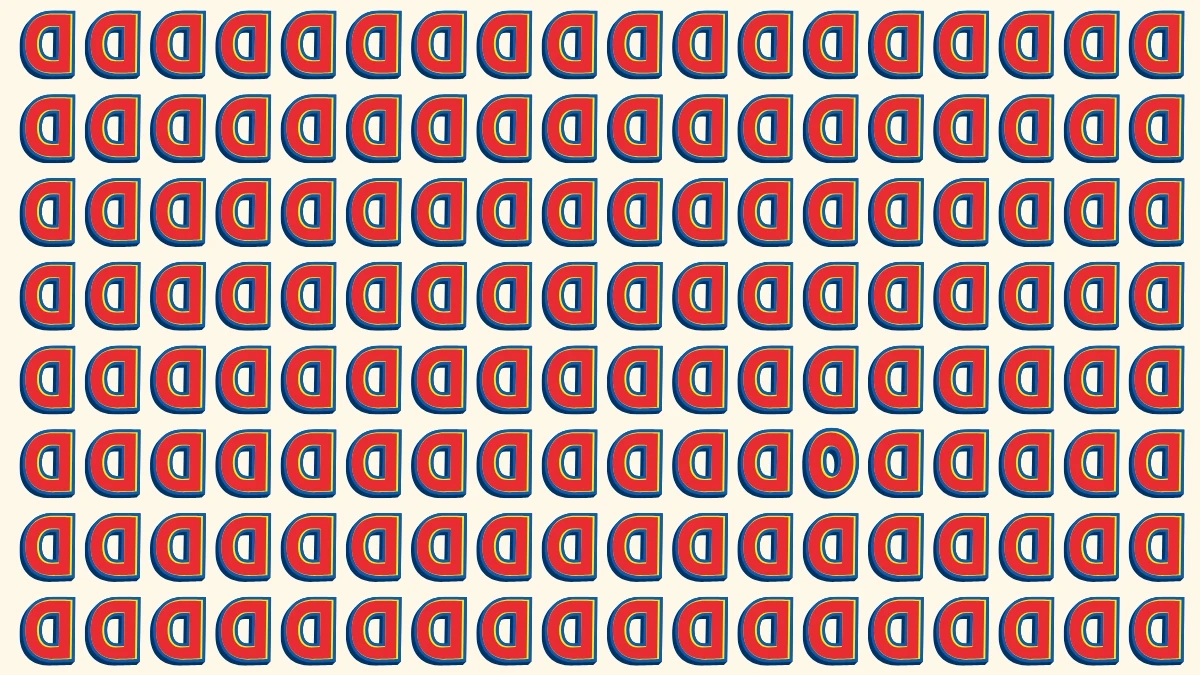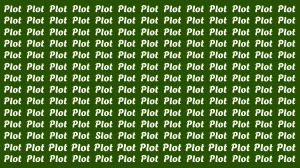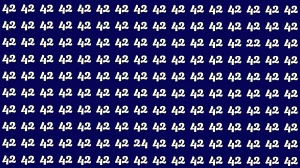Optical Illusion
An optical illusion is a visual phenomenon that tricks the brain into seeing something that isn't actually there or perceiving an image differently from how it exists in reality.
These illusions occur because the brain tries to interpret visual information based on past experiences, context, and assumptions.
For instance, an image might appear to move even though it’s static, or two lines of the same length may look different due to their surroundings.
Optical illusions highlight the complex way in which the brain processes light, color, patterns, and perspective.
They are often used in art, psychology, and design to explore how perception works and to demonstrate the limitations of human vision.
Optical Illusion: Within 6 Seconds Spot The Number 0 among Inverted D
This optical illusion challenges the viewer to spot the number “0” hidden among a pattern of inverted capital letter “D” shapes, all within just 6 seconds.
At first glance, the entire grid appears uniform, filled with repeating red and blue shapes that resemble the letter "D" flipped backward.
However, one of these shapes is subtly different it’s a “0,” designed to blend in with the crowd. The illusion plays on our brain’s tendency to quickly categorize familiar patterns and ignore minor anomalies.
This makes it difficult to immediately notice the difference unless you focus carefully. The time limit adds an extra layer of pressure, testing both visual perception and cognitive speed.

Optical Illusion: Within 6 Seconds Spot The Number 0 among Inverted D - Solution
In this captivating optical illusion, viewers are challenged to spot the number 0 hidden among a grid of inverted capital D’s all within just 6 seconds.
At first glance, the shapes appear nearly identical, making it a true test of observation and focus.
However, upon closer inspection, the number 0 reveals itself in the 6th row from the top and the 6th column from the right.
Unlike the inverted D's, the 0 is fully enclosed, lacking the flat edge seen in the surrounding characters.
This subtle visual difference is easy to overlook, which is what makes the puzzle both tricky and fun.






